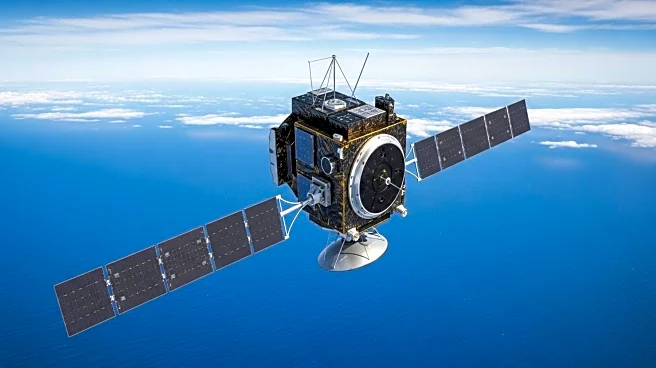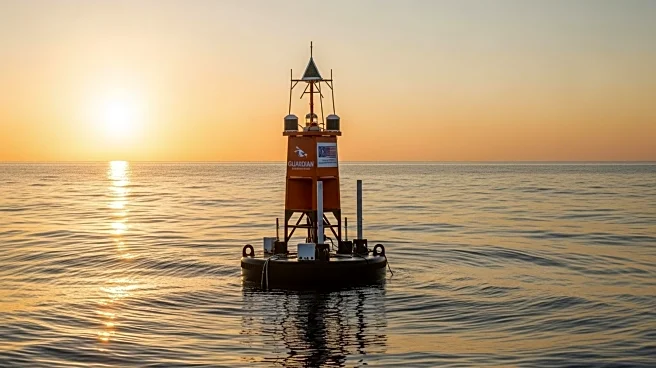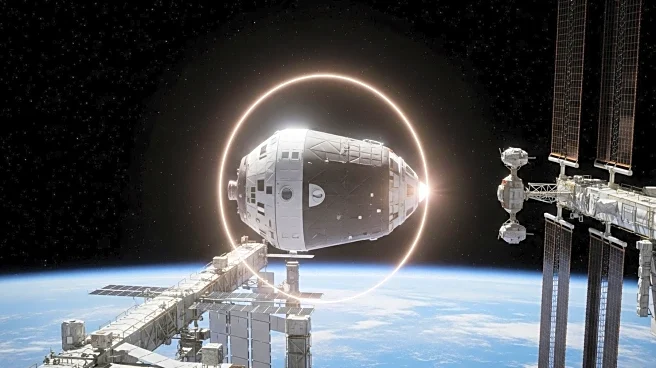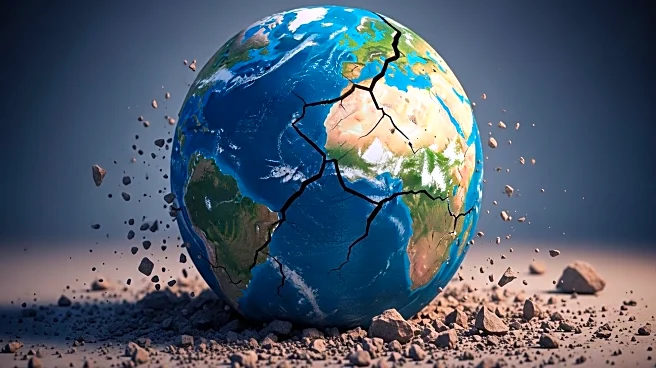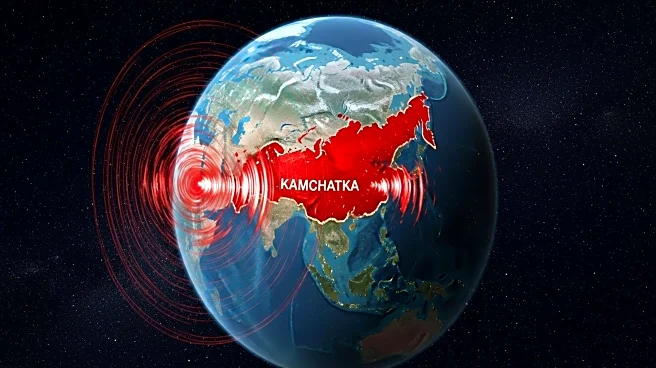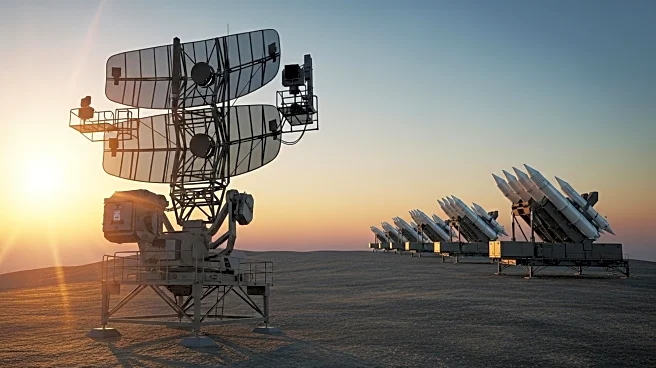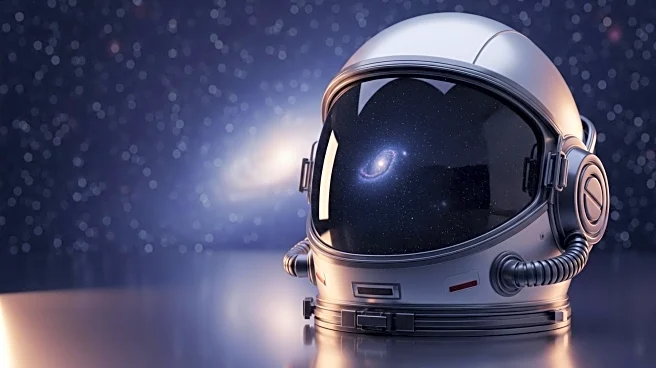What's Happening?
NASA's Jet Propulsion Laboratory has developed GUARDIAN, a technology that enhances tsunami detection using GNSS data. This system can identify atmospheric distortions caused by tsunamis up to 745 miles from GNSS stations, providing early warnings to coastal communities. The technology was tested during a recent earthquake off Russia's northeast coast, successfully detecting the resulting tsunami. GUARDIAN employs artificial intelligence to analyze data and alert experts, offering a crucial tool for minimizing the impact of tsunamis, which can be caused by various geological events.
Why It's Important?
GUARDIAN represents a significant advancement in tsunami detection, potentially saving lives and reducing property damage in vulnerable coastal areas. By providing early warnings, the technology allows for timely evacuations, enhancing disaster preparedness and response. The system's ability to detect tsunamis without needing information on their cause is particularly valuable, as it can address threats from diverse sources. This innovation underscores the importance of international collaboration in sharing data and improving global tsunami warning systems.
What's Next?
NASA plans to continue refining GUARDIAN, expanding its network of GNSS stations and enhancing data processing capabilities. The technology's open-access data model encourages collaboration among international agencies, fostering improvements in global tsunami warning systems. Future developments may include integrating GUARDIAN with other disaster response technologies, further enhancing its effectiveness in protecting coastal communities.
